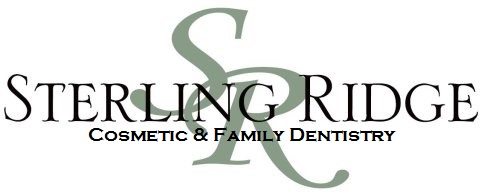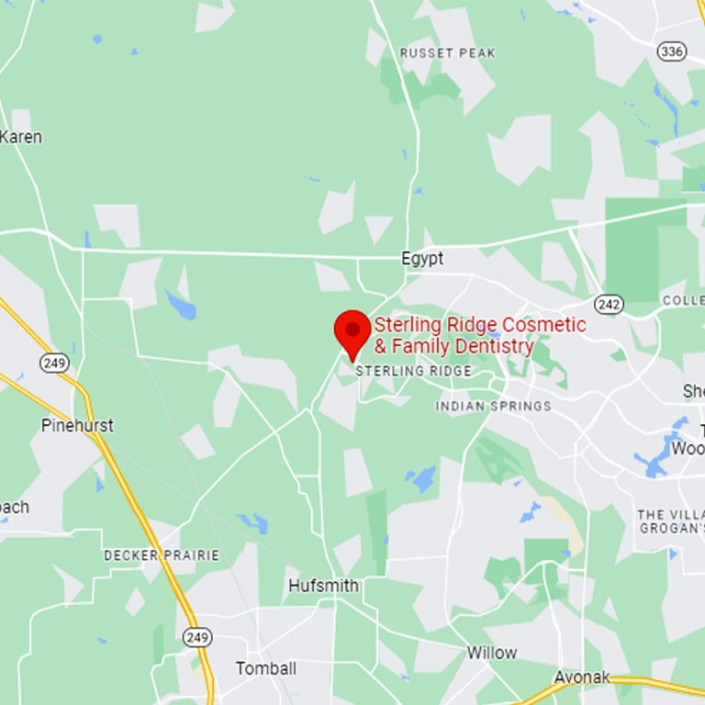The Nose Is For Breathing, The Mouth is for Eating
Can you breathe through your nose? Try closing your mouth and breathing through your nose. Can you breathe through your nose comfortably for a prolonged period of time? The answer should be yes.
Try the Buteyko breathing techniques and the mouth taping technique at night when you sleep to allow your body the benefits of nasal breathing. For more information visit www.buteykoclinic.com or search mouth taping techniques on www.youtube.com.
The benefits of nasal breathing include:
- fighting infection by stimulating nitric oxide production in the nose
- ensures better blood flow and lung volume – nitric oxide is a vasodilator
- maintains body temperature
- improved brain function
- reduces hypertension and stress
- during workouts, nasal breathing optimizes oxygen absorption
If you cannot breathe through your nose, see an otolaryngologist, aka ENT, to be evaluated and possibly treated for a nasal obstruction.
Why is Mouth breathing bad?
- dry mouth from mouth breathing increases plaque adherence to teeth and increased dental decay
- it causes bad breath
- mouth breathing at night leads to snoring
- changes in oral pH increasing susceptibility to tooth decay
- unfiltered air is passing by the tonsils and into the lungs predisposing a person to more bacteria, viruses and illness
- as the mouth opens, the jaw moves inferiorly & posteriorly, positioning the tongue further back and narrowing the airway. This also leads to a decrease in muscle tone and a more collabsible upper airway.
Nasal breathing is preferred because with mouth breathing there is increased upper airway resistance, adverse effects on sleep quality, and dental problems. Mouth breathing in children leads to abnormal skeletal growth, bite changes (underbite, crossbite and high narrow palate), chronic inflammation of tonsils and gingiva, changes in oral pH leading to higher incidence of dental decay. Furthermore, chronic mouth breathing in children will altar the shape of children’s faces affecting breathing, sleeping, eating, swallowing, etc.
Recognizing a mouth breather:
- Look for “adenoidal facies” aka Napoleon Dynamite appearance
- Slightly hyperpigmented line, known as the nasal crease, across the nose due to chronic wiping
- Dark circles under the eyes from vasocongestion of the venous pools in the face
- Dennie lines on the lower eyelid can be seen in patients with chronic rhinits
- Shape of the hard palate – high arched and/or triangular maxillary arch is common in patients w/ chronic nasal congestion currently or in childhood
- Evaluate the shape of the nose
- a crooked nose may indicate nasal septal deviation
- a wide nose may indicate nasal turbinate hypertrophy
- narrow slit-like nares are often seen in nasal valve collapse
Nasal valve collapse is when you take a sharp strong inhale through your nose and the nostrils collapse so that it’s difficult to breathe. Try breathe right strips to see if you can feel improvement in airway patency and for definitive treatment see an ENT.
Mouth breathing can exacerbate certain conditions, such as asthma, high blood pressure and heart disease. When you breathe through your mouth, the muscles on the sides of the nose become more weak and narrow the nasal passages, making it harder to breathe through your nose.
When mouth breathing you are more susceptible to the common cold because there is a specific mucous lining in the nasal passages designed to trap and kill bacteria.
I find it so cliché, but you don’t know something until you know. And now that you know the difference between nasal breathing and mouth breathing, what will you do with that knowledge? Our goal at Sterling Ridge Cosmetic and Family Dentistry is to help our patients have healthier mouths and a better quality of life.

